One hot summer’s morning, as a nine-year-old girl living on the rim of a Scottish loch in the hotel owned by her parents, Sue Black was unaware she was about to ‘leave those days of innocence behind’. A man delivering groceries sexually assaulted her. Many years later, Black imagines how this unspeakable childhood trauma might have been written into her very bones. Extreme stress can cause a temporary halt in the growth of a child’s arms or legs, which leaves a ‘Harris line’ that is visible on X-ray. This white mark would have said what she couldn’t. The abuse remained secret for a decade, and when she finally told her mother, she wasn’t believed.
Black doubts how far her biography informed her career choice, but she has since dedicated herself to telling the stories hidden in the skeletons of society’s most vulnerable, resolute in her belief that there is ‘no part of the human anatomy that cannot be of some value to the identification of the victim, the prosecution of the guilty or the exoneration of the innocent’.
Written in Bone answers the question forensic anthropologists must be asked all the time: what do you actually do? Hers is not an anthropology of remote tribal cultures, but rather the practical study of what it means to be human in our physical form. For much of her career, Black was Professor of Anatomy and Forensic Anthropology at the University of Dundee, and became renowned for her work in Kosovo, Iraq and Thailand identifying the bodies of victims killed by oppressive regimes and natural disasters.
Written in Bone focuses mainly on Scottish cases among the hundreds she has investigated over the years, and each chapter takes a different anatomical specimen — such as the skull, the spine, the hand — to explain how, in solving a mystery, even the smallest bone can be a linchpin. The result is fascinating, and oddly life-affirming.
Bones will tell you a lot if you ask them the right questions. Firstly, are they human? Pig ribs look similar to ours, and a washed-up seal flipper can easily be mistaken for a hand. The sex, age and size of the person is also often discernible, as well as how long they’ve been dead. ‘Skeletonisation’ of a corpse can take years, or mere weeks in warmer climates, thanks to the mass of insects that pick over the body (Black has a colony of flesh-eating beetles in her laboratory to speed up this process). When it comes to manhandling and dismembering bodies, Black can unmask an amateur because they often try to saw through the dense long bones, or cut up a torso without removing the internal organs, which results in a bloodbath.
She is familiar with the uncomfortable role of being doubted, and then proved right. She tells of a case from 20 years ago, when a series of bones along with women’s clothing were found scattered through a wood. Black realised they must belong to a trans woman, due to the visible effects of both oestrogen and testosterone at the end of the body’s ribs. Her colleagues remained unconvinced. When DNA analysis revealed a Y chromosome and therefore confirmed Black’s theory, ‘the anthropologist’s status was suddenly elevated from lunatic to miracle-worker’.
But her conclusions also disappoint. She was invited to verify some 18th-century remains thought to belong to Lord Lovat, a notorious Scottish clan chief. Excitement mounted, but Black advised caution. In front of the historian Dan Snow, his TV crew and an eager audience at the Wardlaw mausoleum, she had to deliver the bad news that the bones in fact belonged to five anonymous people preserved in a commingled coffin.
Despite her international eminence, Black confesses she has moments of anxiety about her expertise. Forensic anthropology used to be considered ‘one of the easier routes into the interesting world of forensic science’, and she now works in a crowded field of death specialists, from scene-of-crime officers, pathologists and toxicologists, to forensic podiatrists who analyse footprints and forensic palynologists who identify pollen and spores in the deceased’s nasal passages. With her range of skills, Black is relied upon to connect the first two pieces of evidence, while ‘everyone in the room looks on in the expectation that you are somehow going to accomplish this reconstruction in the blink of an eye’. In reality, weaving together a story that might explain the findings is a slower, less glamorous process, that requires scientific precision as well as imagination.
Rather than confronting death as a psychological or spiritual event, Black asks us to consider our future corpse as a physical object. The markings in our bones are ‘not memories as we might normally define them, but they form an honest and reliable underscore to the soundtrack of our lives’. Black will donate her body to science, and her skeleton will then be re-articulated for educational purposes. She finds this usefulness, and the story her body will tell, a form of consolation. After all, ‘the longer we live, the richer the narrative’.
Got something to add? Join the discussion and comment below.
Get 10 issues for just $10
Subscribe to The Spectator Australia today for the next 10 magazine issues, plus full online access, for just $10.
You might disagree with half of it, but you’ll enjoy reading all of it. Try your first month for free, then just $2 a week for the remainder of your first year.

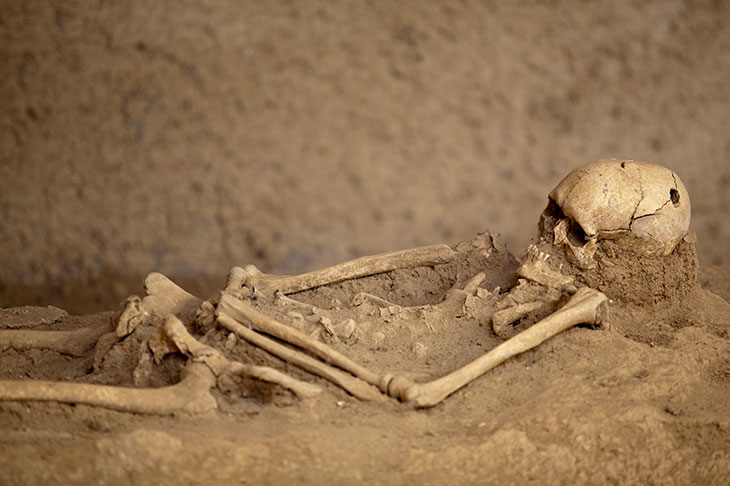
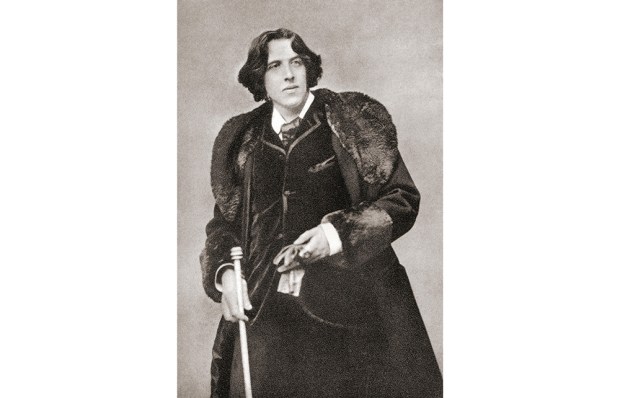
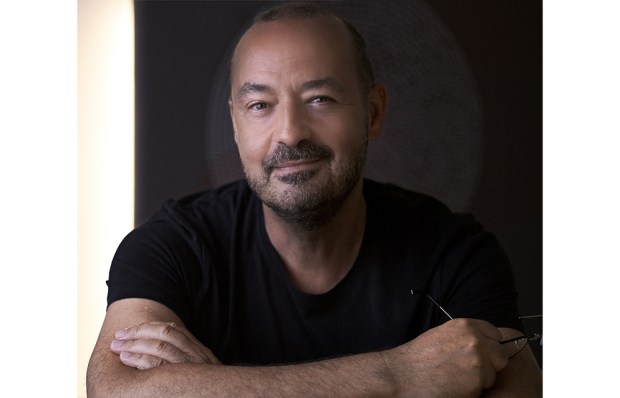
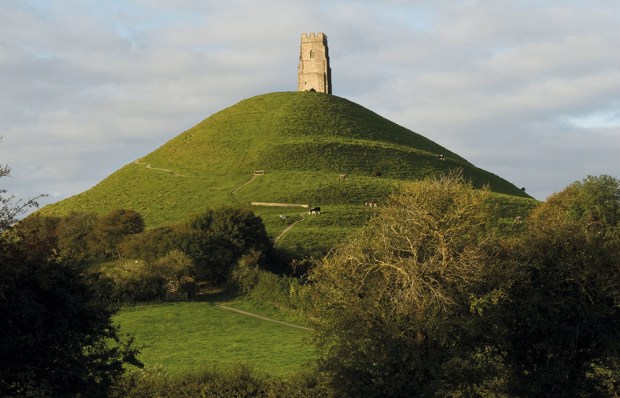
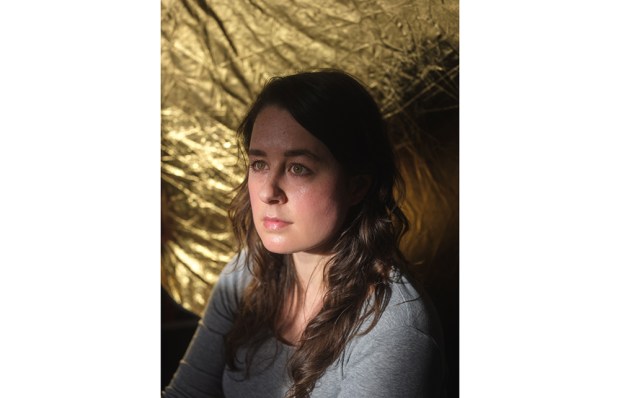
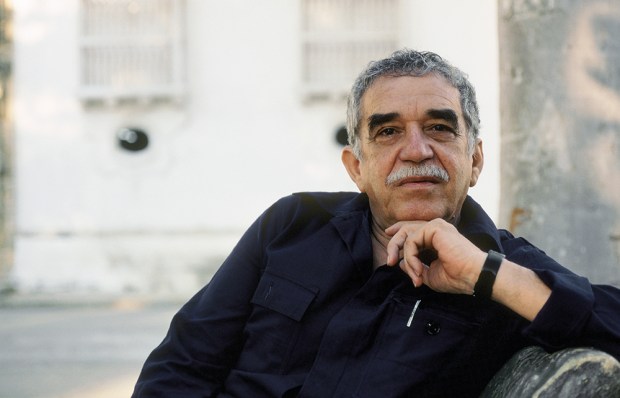
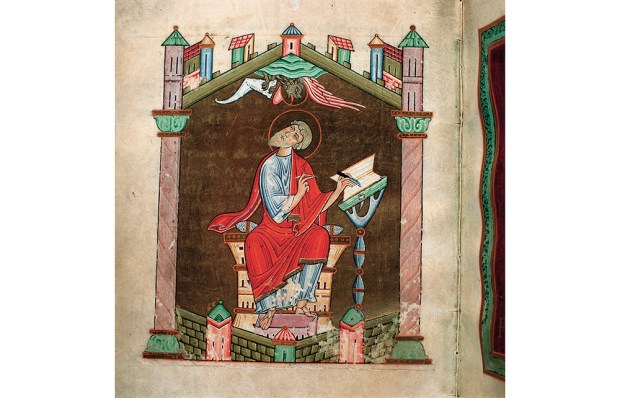






Comments
Don't miss out
Join the conversation with other Spectator Australia readers. Subscribe to leave a comment.
SUBSCRIBEAlready a subscriber? Log in